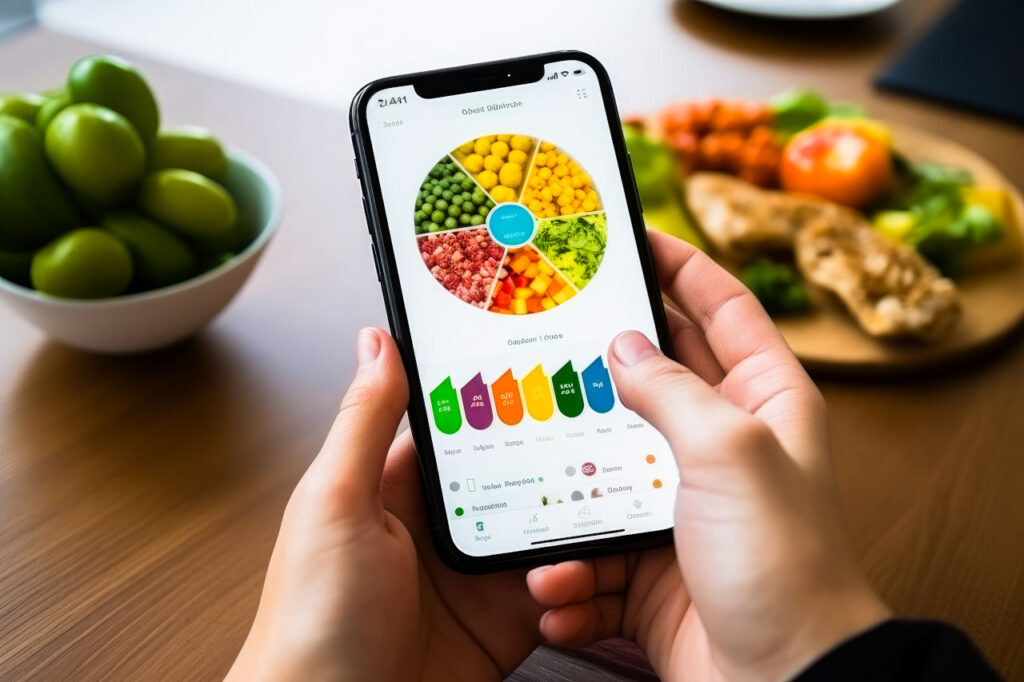How do you explain the success of anti-gaspi apps?
10 million tonnes of discarded products per year, equivalent to around 16 billion euros and 3% of greenhouse gas emissions... Food waste represents a cost of over 100 euros per person per year. This is still not negligible, despite the fact that 8 out of 10 French people claim to have changed their eating habits as a result of inflation. 87%, according to a Harris Interactive survey for Cetelem, say they have reduced their food waste.
Béatrice Siadou-Martin, University of Montpellier and Jean-Marc Ferrandi, University of Nantes

Several mobile applications to combat this scourge appeared less than ten years ago and are now booming. They include Optimiam, Phenix and Too Good to Go. In addition to reducing food waste in restaurants, convenience stores and supermarkets, they offer consumers a price reduction of at least 30%, or even a donation to help disadvantaged groups. They intervene late in the consumption process, when the use-by date is near or the best-before date has passed.
Their use, which we have observed in our work, remains relatively simple, in contrast to many sustainable gestures which are sometimes tricky to implement or whose perceived benefits are too distant. The adoption rate of these digital devices continues to rise: 38% of French people (i.e. more than one in 3) use these applications. Too Good to Go, the market leader, has announced over 15,300,000 users, with a 30% increase between 2022 and 2023. This represents over 55 million baskets "saved". Phénix, with estimated sales of around 18 million euros, reports a 30% increase in baskets sold between 2021 and 2022 for the Île-de-France region. It has also seen a spectacular increase in its user base, from 2 million in January 2022 to 5 million today.
Alignment of planets
Three components of this success can be derived from a theoretical model, the COM-B model, which attempts to account for behavioral changes. It highlights three categories of factors, declining the acronym.
First of all, there's the "C", for "physical and psychological capabilities of individuals". This first group of factors focuses on people's skills and knowledge. To activate this lever, anti-waste mobile applications have been able to develop educational communication around food waste. Going beyond global figures, they offer a concrete "translation", anchored in consumers' daily lives. For example, the Zéro-Gâchis application states that "1 baguette of bread is equivalent to a bathtub full of water" and "1 kg of beef is equivalent to 15,000 liters of water, or 10,000 1.5-litre bottles". Likewise, applications communicate extensively on the number of baskets "saved" or meals "gained".
The "O" corresponds to the physical and social opportunities offered by the context. Anti-waste mobile applications have clearly understood the need to increase consumption opportunities while reducing the sacrifices made by consumers. For example, the Phénix app features filters that not only allow consumers to specify their diet, but also the time of day they wish to pick up their basket. This flexibility allows consumers to take their constraints into account. Similarly, the loyalty program, which awards points for each order, encourages consumers to "get into the habit of ordering" and "using the app". Recently, Too Good To Go has even introduced new services: flash sales for restaurateurs, the possibility of having a parcel of unsold products delivered to you, made up of dry products from major brands and based on a theme (an Italian parcel, a snack parcel or an aperitif parcel, for example), or even the possibility of having a friend pick up your basket...
Finally, the "M" stands for "reflective and automatic motivations". The success of anti-waste mobile applications can also be explained by an interesting alignment between the interests of the planet and individual interests, which respond to selfish motivations centered on personal savings. Consumers make a gesture that's "good" for the planet and "good" for their budget, especially in times of inflation. Some applications also play on the hedonic dimension by offering "surprise baskets", or on the social dimension of behavior by offering sponsorship programs.
What's the value of food?
A particular behavior is likely to occur if, and only if, the person concerned has the ability and opportunity to engage in that behavior, and is more motivated to engage in that behavior than any other. This model enables us to better understand the apparent paradoxes of consumer behavior: the delicate articulations between will and power. Its essential advantage is that it integrates context in a very natural way to explain the behavior adopted.
While initiatives to combat food waste are to be welcomed and encouraged, even if they sometimes lead to a reduction in donations to humanitarian associations, the effectiveness of direct or indirect price reductions raises the question of whether consumers will actually change their behaviour over the long term... Should reducing food waste systematically involve offering products at reduced prices, even though these products require limited resources (water, farmland, etc.)?
In other words, shouldn't the fight against waste be looking for ways to create value by revaluing food? This is the path opened up by upcycling, for example, recovering products no longer in use and transforming them into more useful materials.
Béatrice Siadou-Martin, University Professor of Management Sciences, University of Montpellier and Jean-Marc Ferrandi, Professor of Marketing and Innovation at Oniris, University of Nantes
This article is republished from The Conversation under a Creative Commons license. Read theoriginal article.